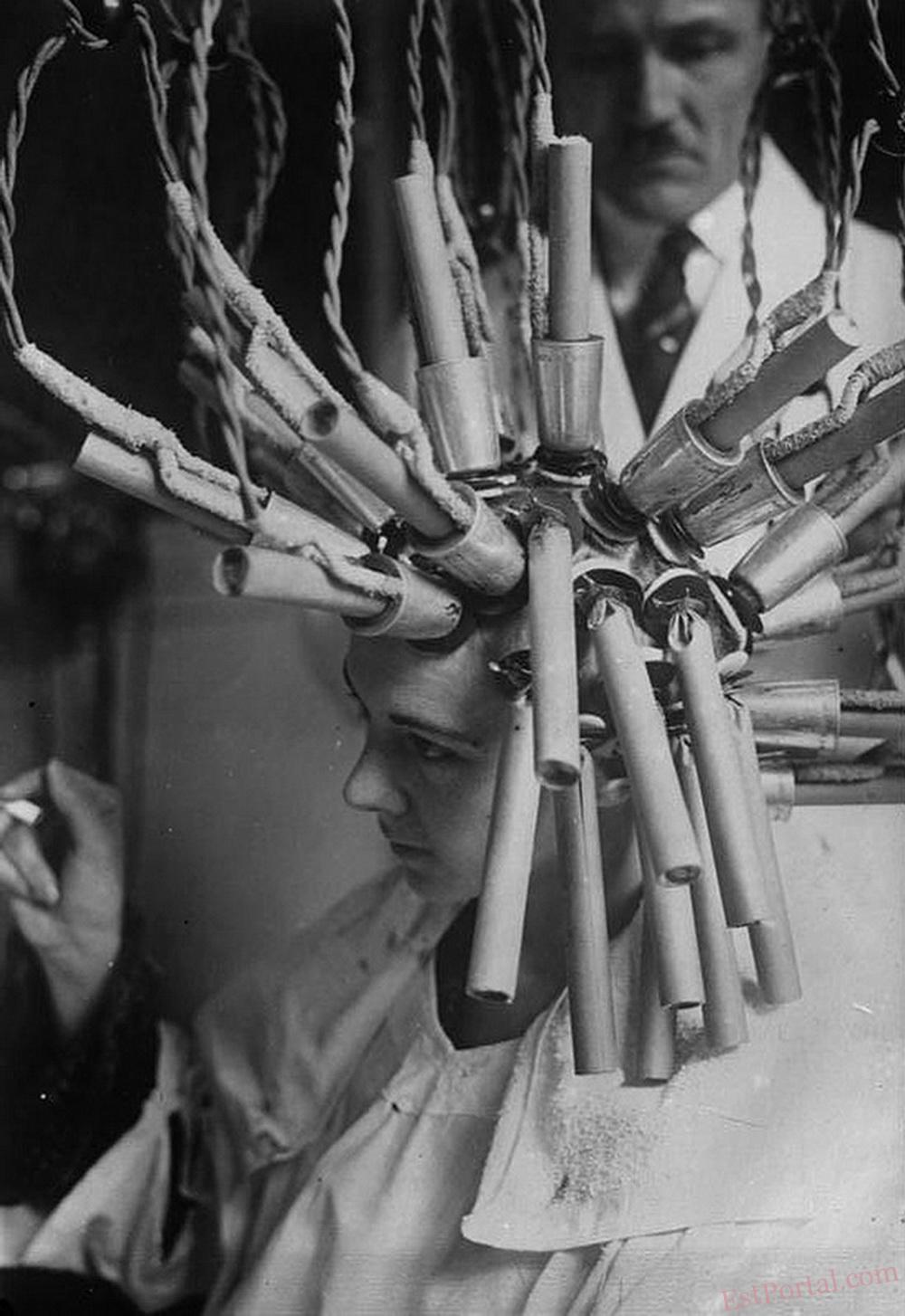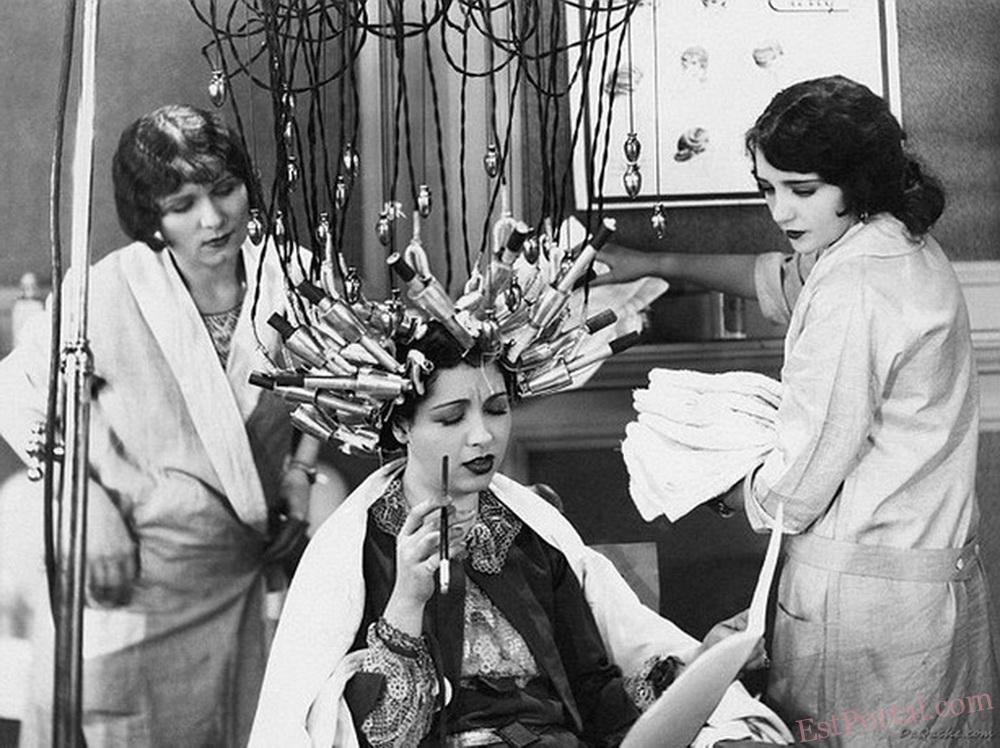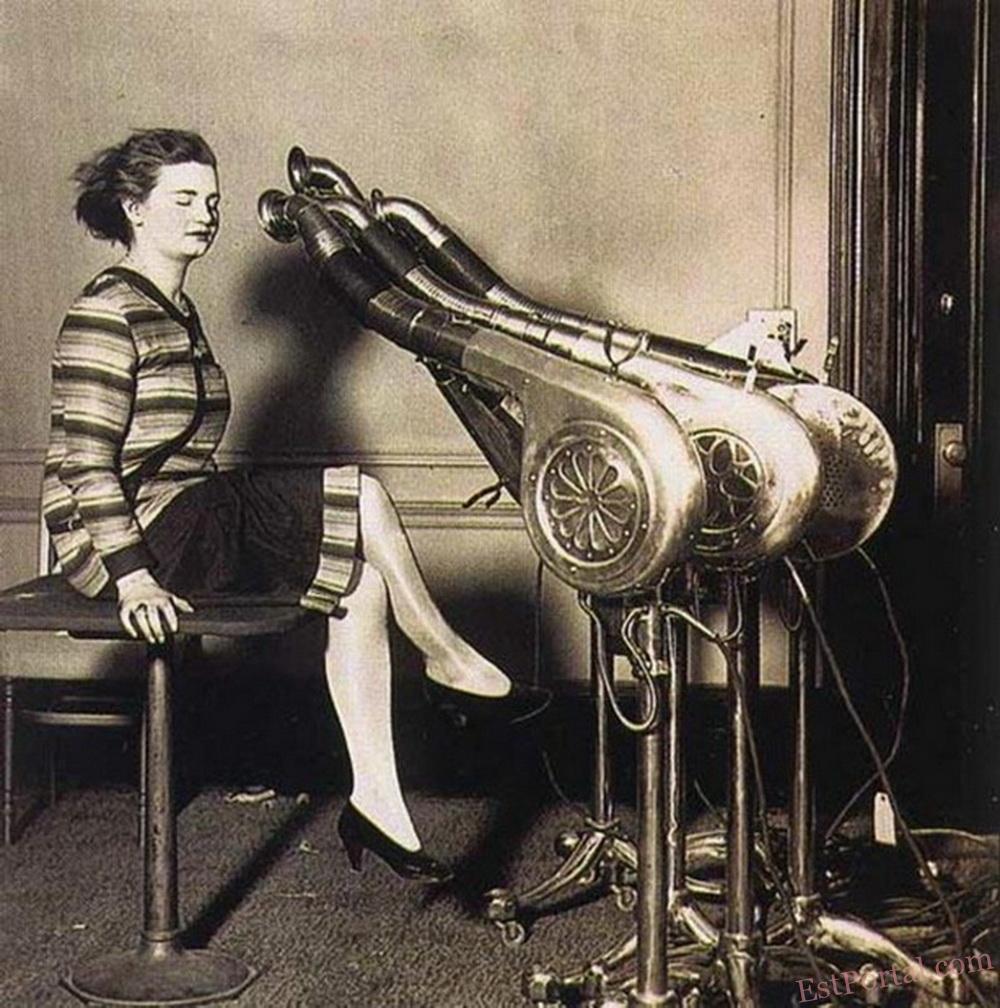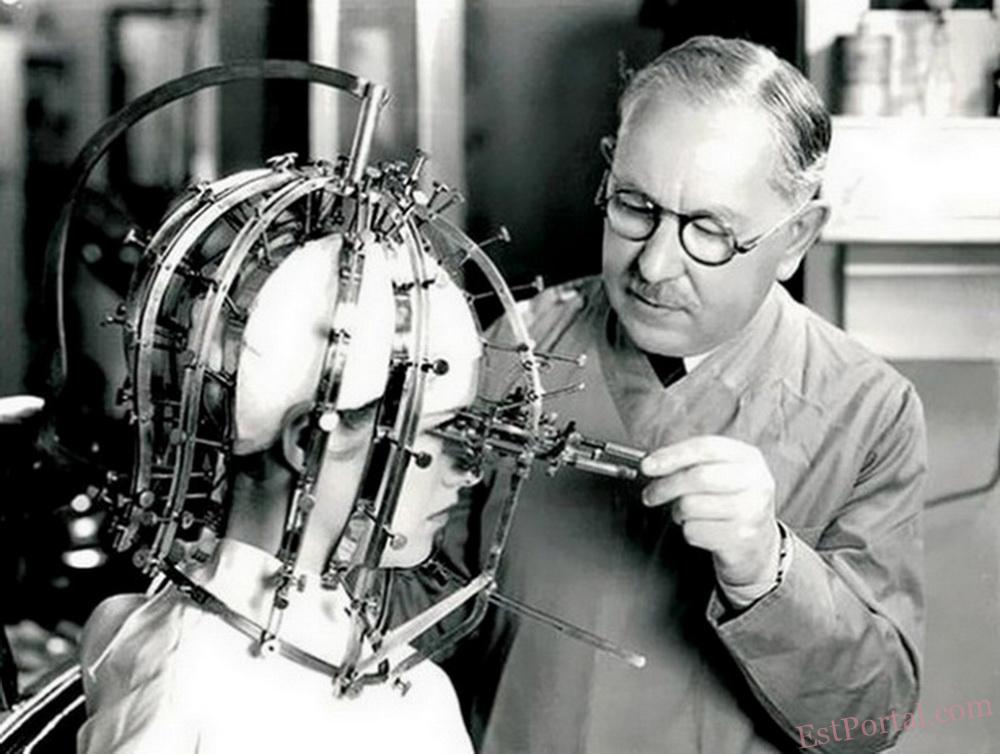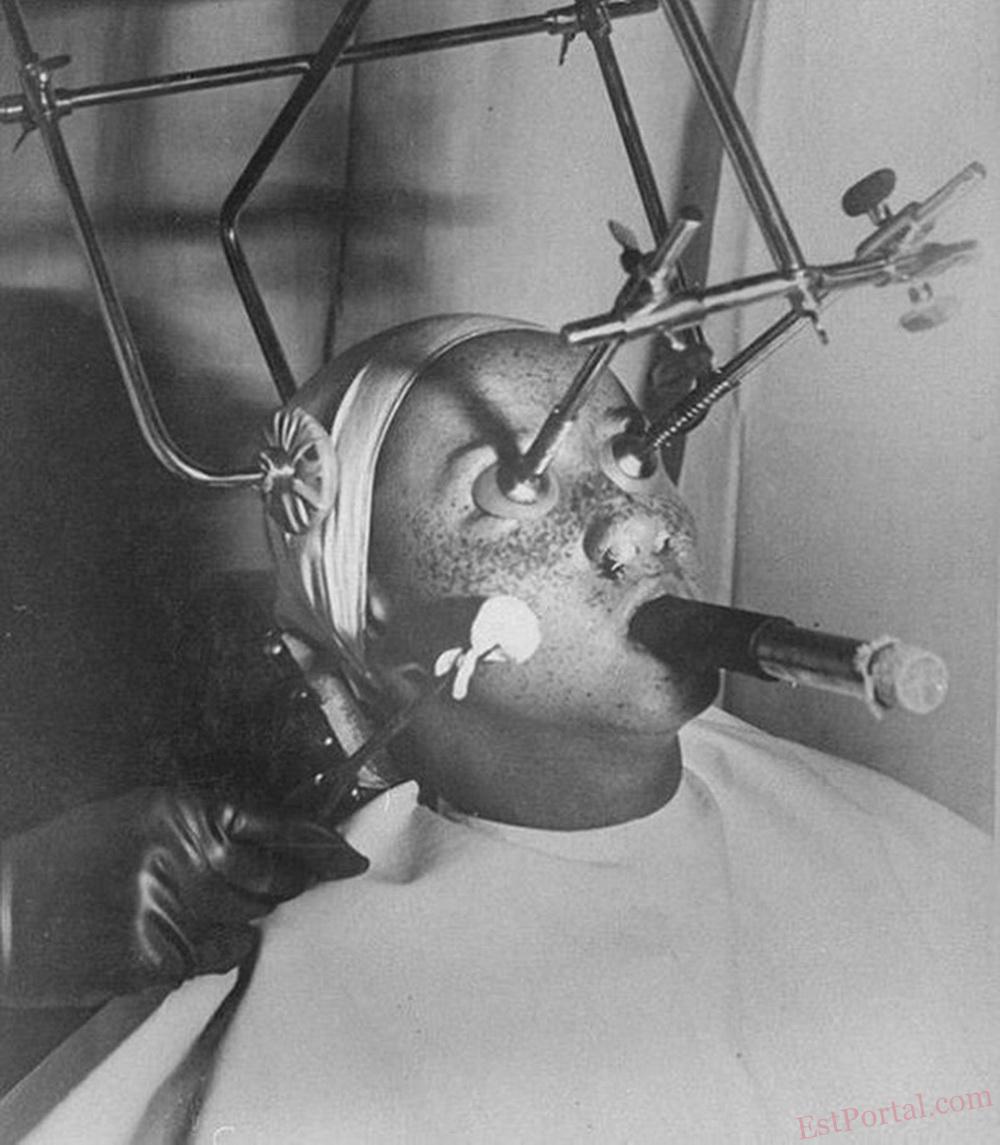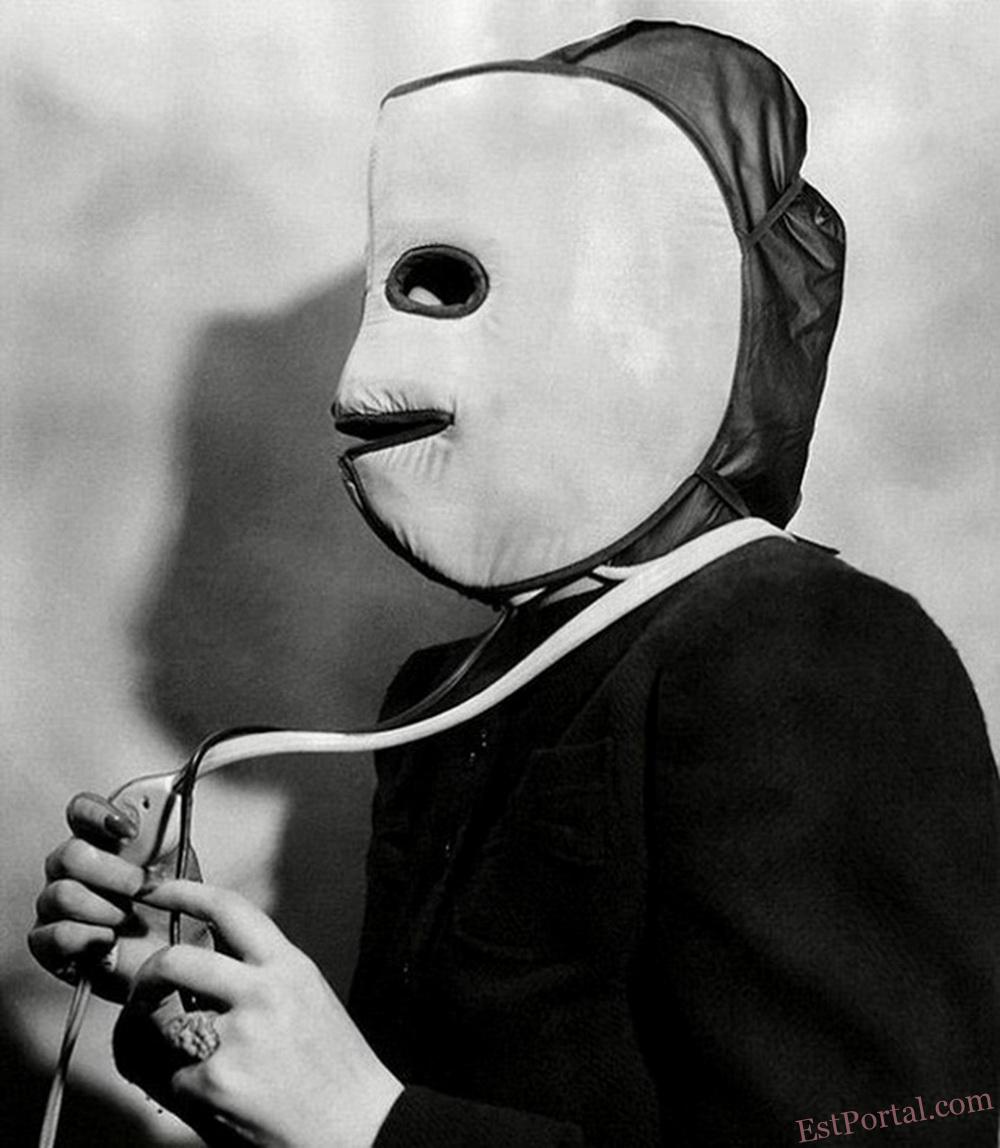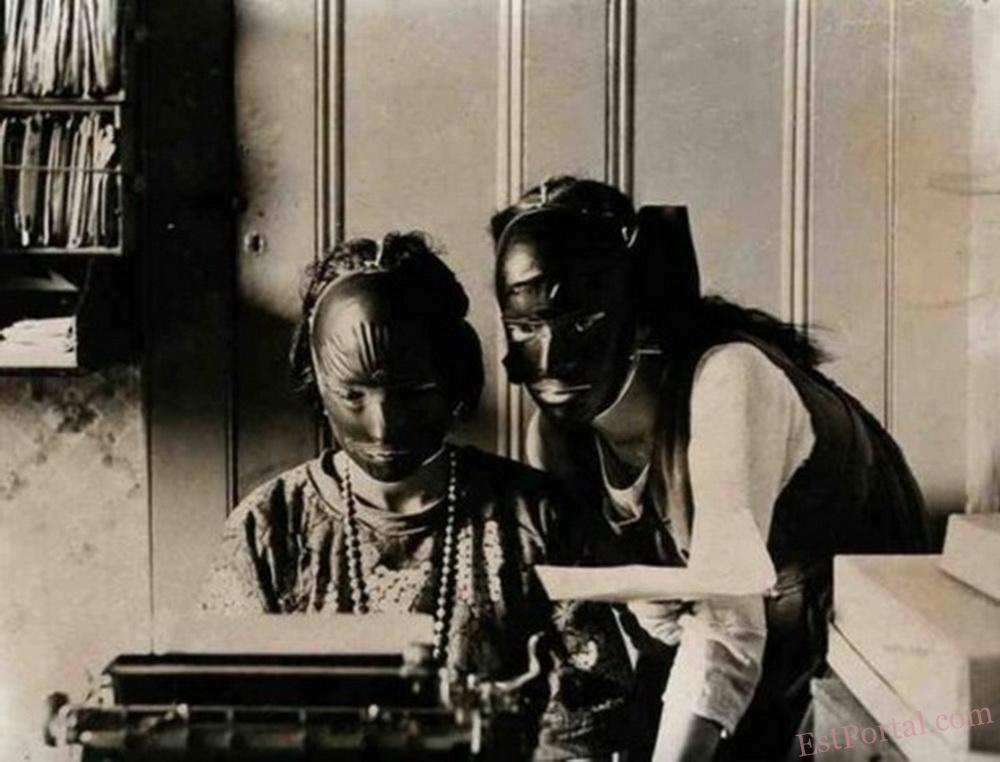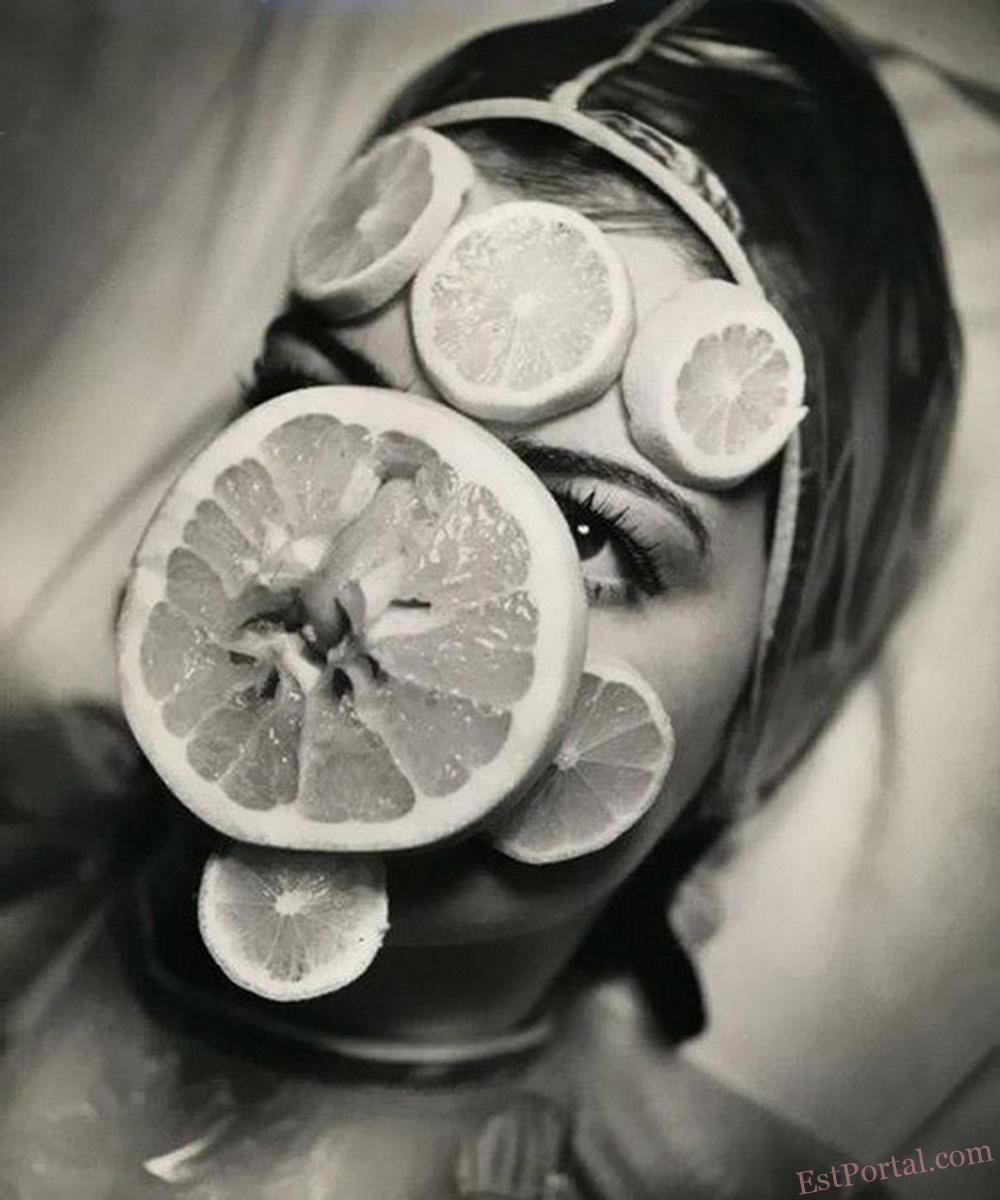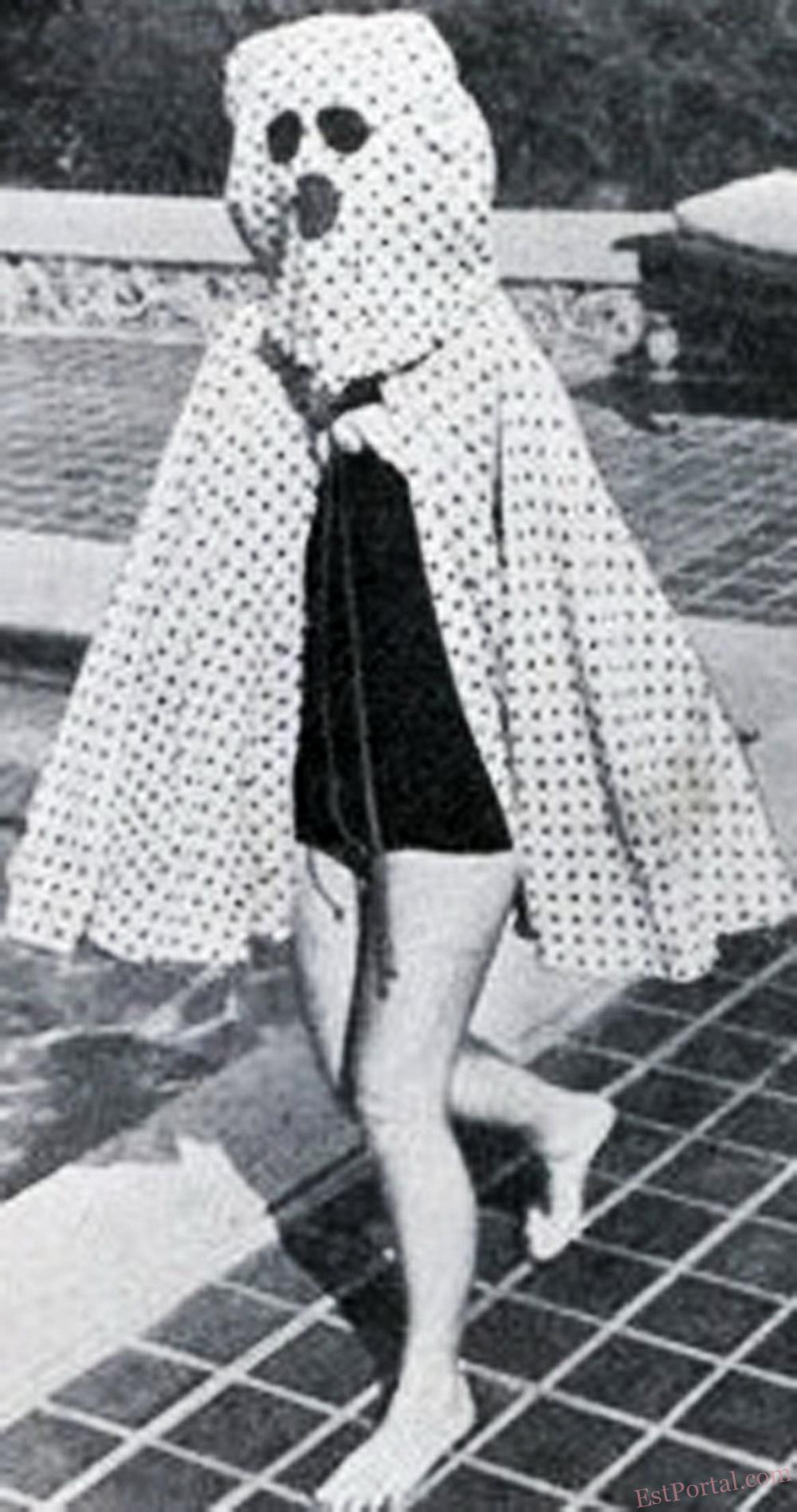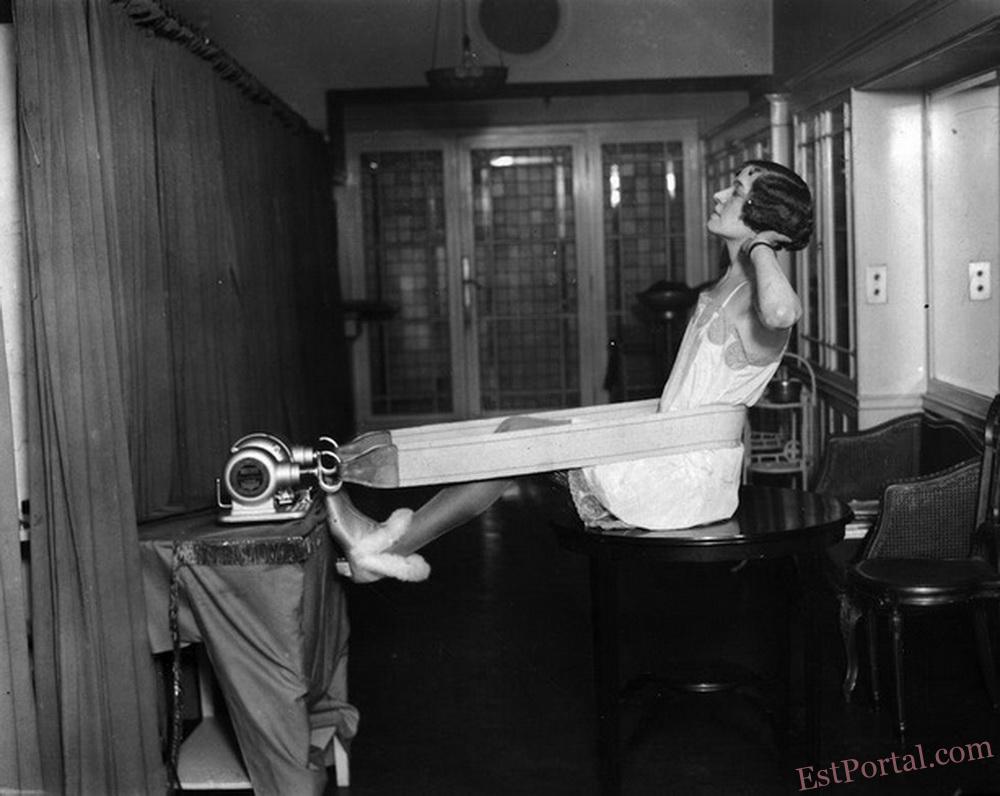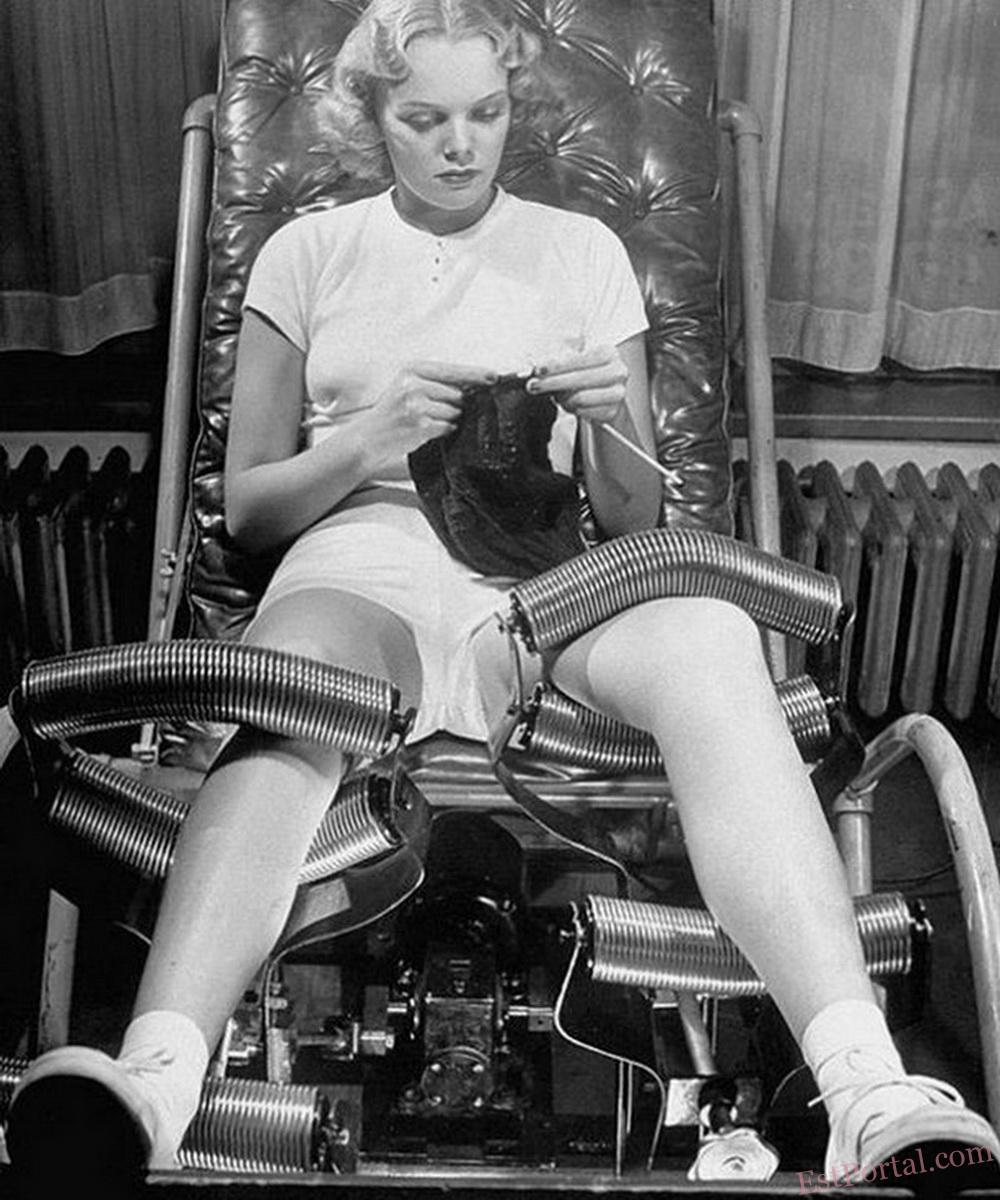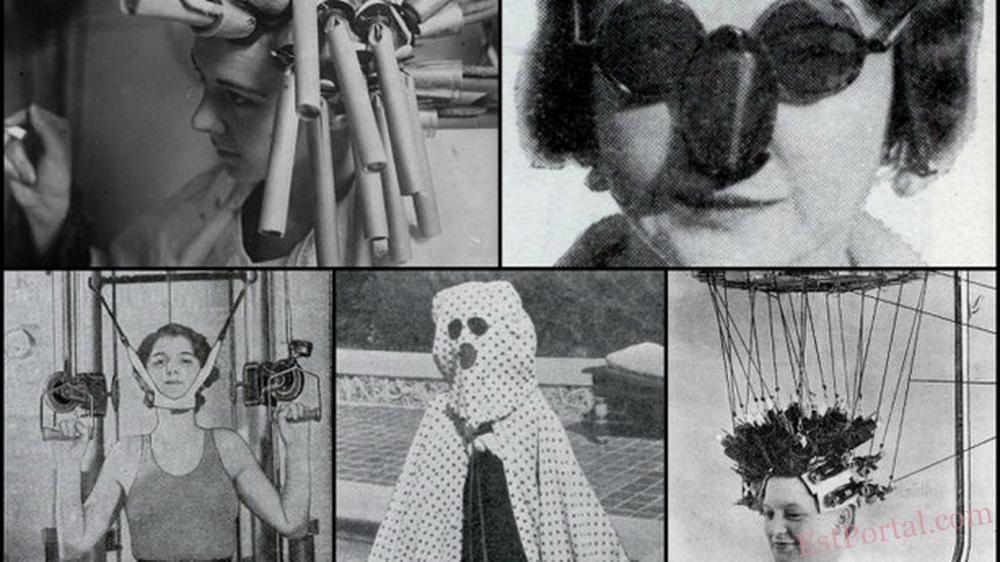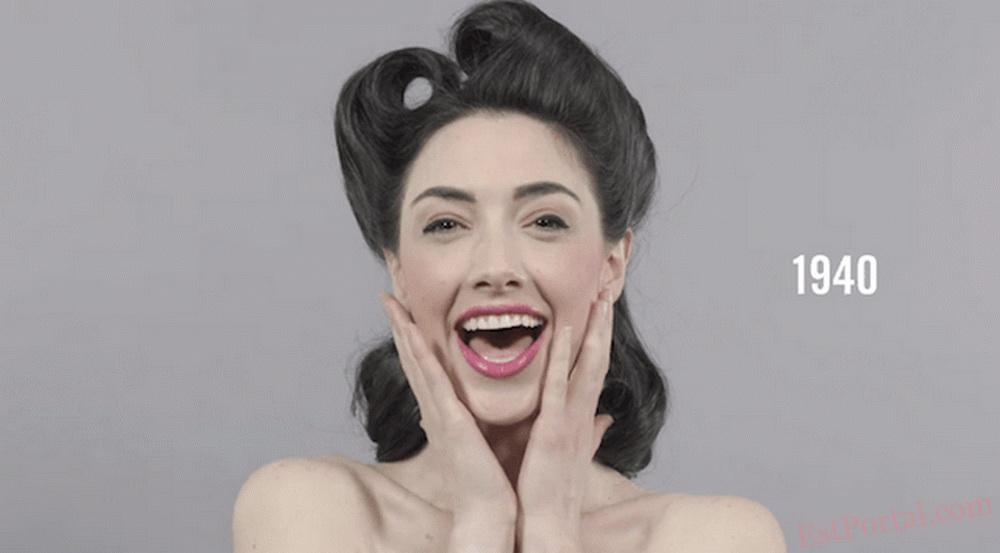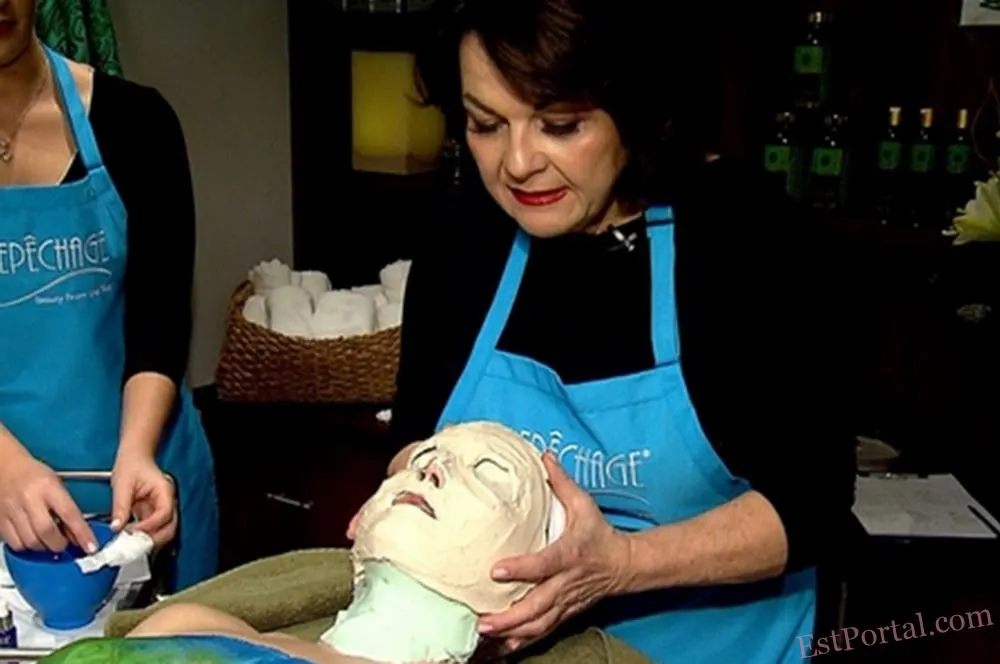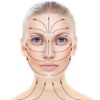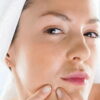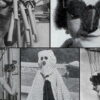
Салонні процедури першої половини XX століття
Сьогодні косметичні процедури (в більшості своїй) не являють собою нічого жахливого: креми, маски, обгортання, пілінги, масажі. Але для того, щоб догляд за собою став гранично простим, знадобилися десятиліття розробок рецептур тих самих кремів і масок. А ось на початку XX століття багато косметичних процедур і пристроїв були схожі на тортури.
Давайте сьогодні зануримося в атмосферу салону краси першої половини XX століття. Подивимося, які процедури проходили дівчата, щоб підтримувати свою красу.
Ось як відбувалася завивка волосся перманентом у Німеччині 1929 року.
Черговий апарат для завивки волосся, популярний у 1940-і роки. Дівчина повинна була годинами сидіти в цьому кріслі для досягнення результату. Здебільшого тому потрібно було вибрати «свого» майстра, щоб не було нудно і було з ким поговорити.
А ось який вигляд мала сушка феном у 20-ті роки XX століття.
Компанія Max Factor, яку заснував Максиміліан Факторович, була справжнім інноватором у світі жіночої краси. Ось, наприклад, пристрій, який у 1930-ті роки допомагав виміряти відповідність обличчя стандартам краси і грамотно підібрати потрібний макіяж.
Бренд Max Factor в 1930-ті роки винайшов ще одне чудо техніки — маску, оснащену пластиковими кубиками, які можна було заповнювати водою і заморожувати. Цей агрегат був помічником для зняття набряків з обличчя.
Веснянки рідко користувалися популярністю, тому в 1930-ті роки був спеціально розроблений прилад, який видаляв веснянки за допомогою діоксиду вуглецю. Очі пацієнтів були закриті герметичними пробками, ніздрі затикали для захисту. Дихати доводилося через трубку з фільтром.
У 1940 році було розроблено електричну маску, яка, завдяки нагріванню, стимулювала кровообіг і шкіра ставала здоровішою.
«Альпійська» маска, 1930 рік. Згідно з рекламою, ця маска гарантувала гарний рожевий колір обличчя і нібито заміняла собою прогулянку в горах. А все завдяки зниженому атмосферному тиску в ній.
А ось такі гумові «маски краси» дівчата носили в 1920-ті роки, щоб позбутися зморшок і недоліків шкіри.
У 1936 році Ізабелла Гілберт з Рочестера, Нью-Йорк, розробила «машину» для створення ямочок на щоках. Щоб створити бажані поглиблення, цей пристрій надягали на обличчя, закріплювали за вухами та під підборіддям, а двома прутами сильно тиснули на щоки. Згідно з рекламою, після безперервного використання пристрій «незабаром створював прекрасний набір ямочок». Американська медична асоціація стверджувала, що «Dimple Maker» не зможе зробити ямочки або навіть збільшити оригінальні ямочки. Вони також заявили, що тривале використання апарату може спричинити рак.
Вакуумний масаж для гладкості шкіри й прекрасного кольору обличчя, 1930-ті роки.
Так в 30-ті роки минулого століття в салонах робили фруктові маски.
Маска для підтяжки шкіри обличчя в салоні Хелени Рубінштейн, 1940-і роки.
Сонцезахисного крему не існувало до середини 1940-х років і охочі повалятися на пляжі, змушені були шукати спосіб захистити свою шкіру від шкідливого впливу сонячних променів. Тому користувалися накидками з вмонтованими сонцезахисними окулярами.
Вібромасажер в Берлінському інституті Цандера, 1928 рік.
Спеціальне пристосування, що «розбиває жир», у Нью-Йоркському тренажерному залі, 1930 рік.
Тренажер для розтяжки.
Масаж ніг металевими роликами для схуднення. США, 1940-і роки.
Отакий ось салон краси був на початку XX століття. Залишається тільки радіти, що зараз багато процедур стали значно естетичнішими! Хоча, може це тільки на наш погляд? Хтозна, чи не будуть наші правнучки через сто років так само жахатися сьогоднішніми методами?
Наталія ЧАЙКА — редакторка ESTportal, косметологиня


